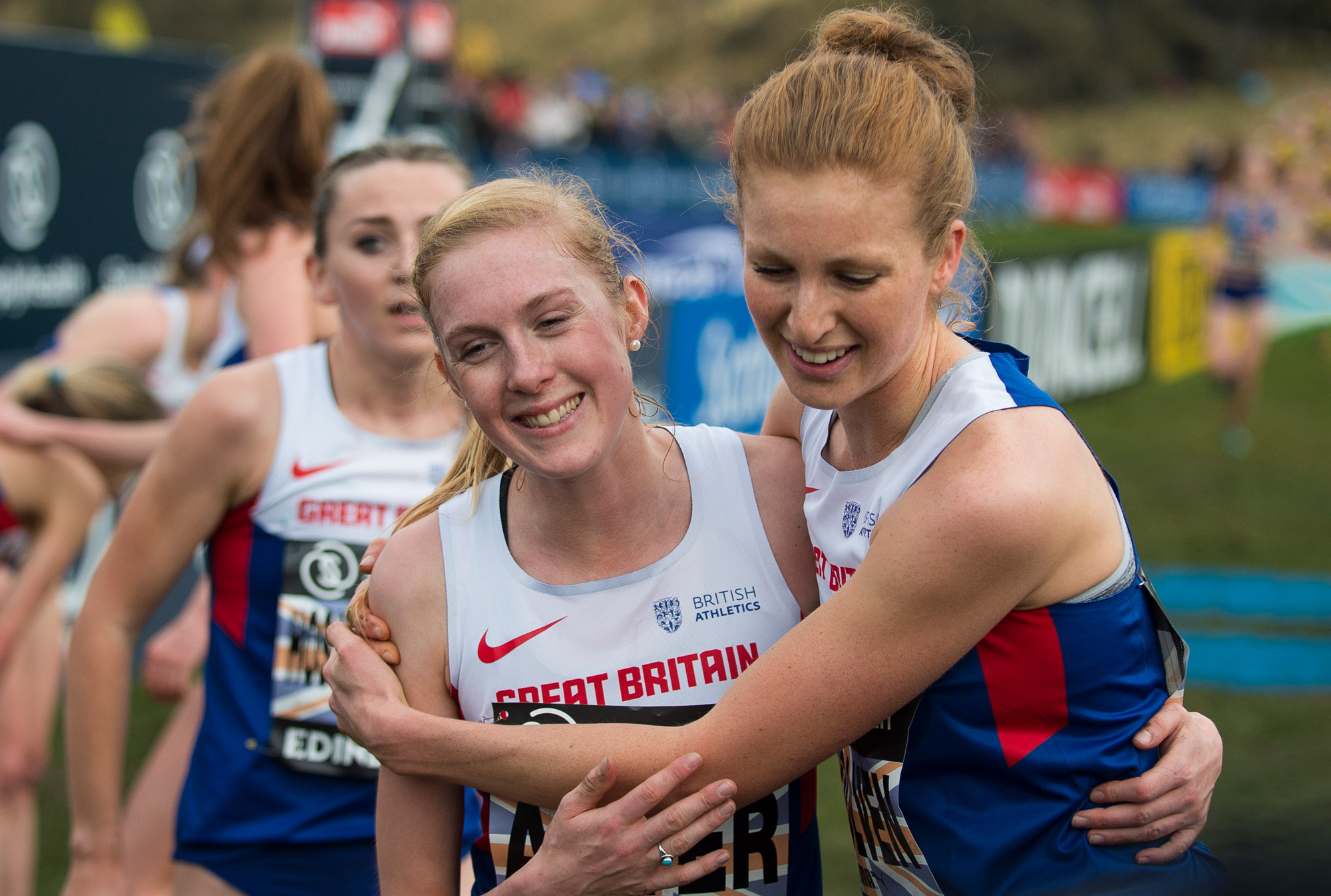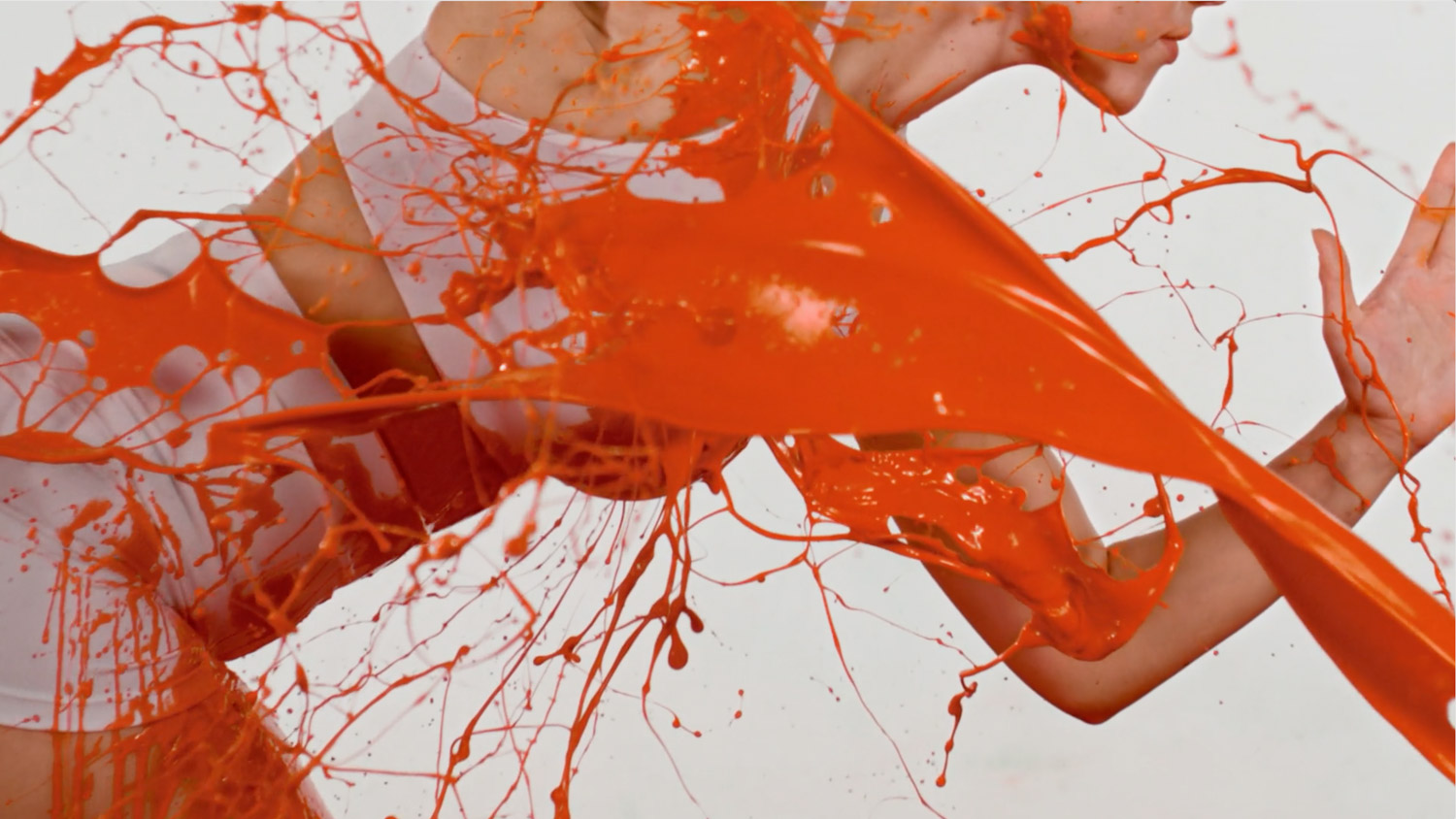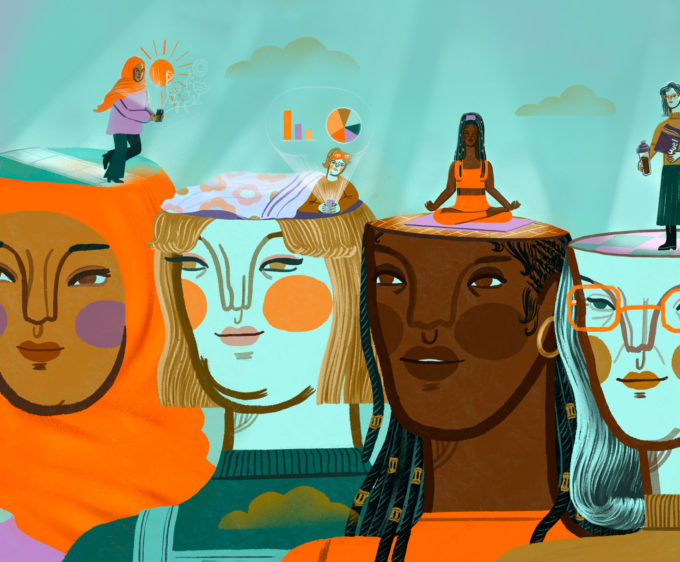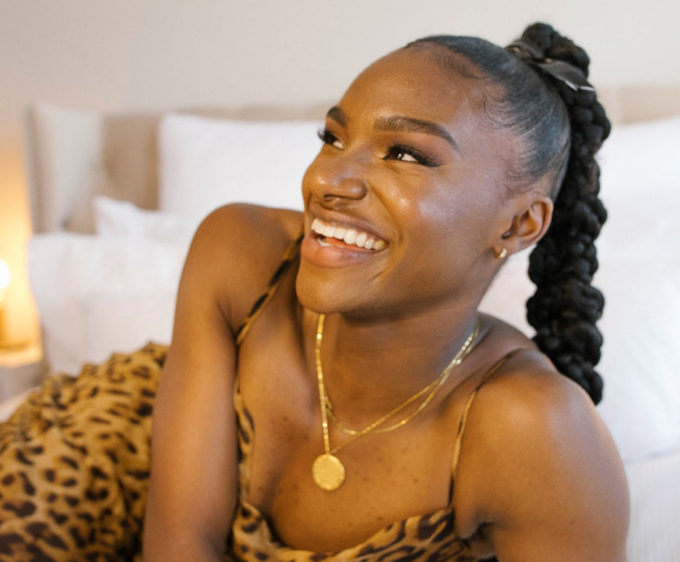
Understanding RED-S
“This condition can cause long-term and devastating damage to your physical and mental health.” Cross-country runner Pippa Woolven talks about RED-S, her recovery and how she’s educating women about it
By Liz Connor
Photography by Heiko Prigge
At 18-years-old, cross-country runner Pippa Woolven was tipped to be a future shining star of British athletics. She had just won the National Schools track race for a second time and had represented Great Britain at the World Junior Championships. When she was offered the opportunity to train at the prestigious Florida State University, one of the best NCAA Division I Universities in America, she jumped at the chance. She packed up her kit and moved 4,000 miles away from home, throwing everything she had into her training. What happened next, she could have never predicted.

Despite initially flourishing in the scholarship programme, Pippa’s physical and mental health began to unravel at a rapid pace. Unexplained and seemingly unconnected physical and psychological symptoms plagued her training sessions. It started subtly, with her feeling more run down than usual; she was picking up colds that were difficult to shift. As the months went on, her mood dipped and she felt uncharacteristically low.
She was eating three nutritious meals a day, but her energy levels were chronically depleted, which made daily track sessions a gruelling ordeal. Her performance inevitably suffered, and blood tests revealed that her iron levels had mysteriously plummeted. She knew something wasn’t right, but neither medical professionals or her coach could give Pippa a concrete answer as to what was up.

“It was really confusing,” she tells me. “My symptoms and my running times were getting worse, but I was training hard and following all the expert advice. The scholarship was planned for two years and I was very focused on getting the best out of myself in a short space of time, so I just pushed on.”
In the US, she’d made tweaks to her diet, as being light and lean can be advantageous in distance running. “We had a culture of clean eating which was taken very seriously by the whole team,” Pippa tells me. “In the lead up to the competing season, I’d cut out anything deemed ‘unhealthy’. Quite quickly, it became an unhealthy obsession. I was constantly preoccupied with what I was eating.”
Worryingly, her periods had stopped too. “I came off the contraceptive pill when I moved to America and I didn’t get my period back,” she recalls. “I didn’t realise it was a problem at the time. I thought it was normal for an athlete and I never questioned it.” What Pippa didn’t know was that she was suffering from RED-S, a little-known health condition that happens when athletes don’t get enough fuel through food to support the energy demands of their daily lives and training. Relative Energy Deficiency in Sport was first recognised as a health issue in 2014 by the International Olympic Committee, and research into the condition is still in its early stages. It can affect anyone of any age or gender, including elite and non-elite athletes. Left unchecked, it can cause devastating long-term damage.
“People can get RED-S in two ways,” explains Pippa. “In some cases, it can be unintentional. You can simply be a growing 16-year-old boy who doesn’t get enough nutrition around his training, or you could be a busy working mum who just can’t find the time to fuel enough for the activities you’re doing. “Others, like me, fall into the more intentionally restrictive camp,” she continues. “Whether you’re cutting out a particular food group or buying into a fad diet, it’s any kind of caloric restriction with training.”
When there’s a shortage of energy available to keep up with the demands of exercise, on top of essential daily functions, the body goes into ‘energy saving mode’. This can cause serious long-term or even fatal issues like weakened immunity and delayed healing time from injury, cardiovascular issues, osteoporosis, menstrual disturbances, depression and anxiety. It can also end a sporting career early, causing decreased power, muscle strength and stamina.

“What people don’t understand is that you don’t have to be training a lot to get RED-S,” says Pippa. “If you’re not covering whatever you’re expending with your energy intake, it leads to this chronic low energy availability.” Awareness is the key to prevention, yet RED-S continues to go unrecognised. Less than 50% of clinicians, physiotherapists and coaches are reported as able to identify the components of the female athlete triad – the combination of disordered eating, amenorrhea and osteoporosis. It can take years to get a diagnosis. Frustrated with the lack of clarity from doctors, Pippa took matters into her own hands and started researching her symptoms. When she stumbled on a series of articles by another athlete who was experiencing the same range of symptoms, she immediately knew she’d found her answer.

awareness
“It was almost as if I had written the blog post,” she recalls. “It was such a relief to finally understand what was going on. For months, I’d struggled to explain to doctors all the different things that were wrong with me and how they felt related. Each symptom was treated separately. On the surface, I was struggling with what might be classed as depression because I was feeling down. I also had an eating disorder, but I still ate three meals a day and recovery snacks even when training, so it didn’t make sense to me. “It was shocking that it was missed, but I can’t blame the healthcare system because they’re not educated enough about this problem.”
This lack of awareness inspired Pippa to set up Project RED-S, a collaborative initiative formed by a group of athletes, parents and partners whose lives had been impacted by the condition. Having previously struggled to find the right information and support, Pippa and the team identified a pressing need for a resource to spread the word.
“Project RED-S is a website where people can go for information about the symptoms of the condition and the treatments available. We’re working with governing bodies to try and drive more understanding from the top level, to ensure that we’ve got prevention measures in place. This isn’t just something for elite athletes, it’s for any one who exercises.
“In the long-term, I’d love to work with corporate brands: Nike, adidas and gym chains all have a moral responsibility to educate people on this issue. We want to raise awareness by making sure every athlete, coach, gym owner and person knows what RED-S is and the early warning signs,” says Pippa. What’s perhaps most insidious about RED-S is that it can cause performance enhancement in its early stages. A mix of excessive training and restrictive eating leads to a lower body weight, which can result in PBs in the short-term. This can encourage gym-goers to restrict even more in an effort to ‘chase’ their peak performance as the symptoms begin to creep in.
So what should you be looking out for? For women, hypothalamic amenorrhea – a loss of periods – is one of the key warning signs of RED-S developing, but it can often go unnoticed. Pippa warns that the absence of a regular menstrual cycle is often welcomed if you’re in competitive sport, as cramps and bleeding can be a hindrance to your training. Other early symptoms include general fatigue, lingering colds and low mood. They’re subtle, and easy to ignore in an exercise climate that promotes working hard and pushing past our limits. “When you combine harmful messages that exist within sports culture, like ‘no pain, no gain’, with social media and the comparison effect, it can be really dangerous for people unaware of RED-S,” says Pippa. “This condition can cause long-term damage that can last for years.”
It was a long road to recovery for the runner, who worked with a psychotherapist to unpick her issues with disordered eating. Now she’s relieved to have restored natural menstrual cycle, a repaired relationship with food and a more balanced approach to exercise. She took a long break from running to pursue other hobbies and work, including mentoring other female athletes who suffered with RED-S during lockdown.
recovery

This year, she is also part of UNLOCKED, an initiative set up by the Women’s Sport Trust to help female athletes drive change and have their voices heard. “It’s a brilliant programme that brings together women in different facets of sport who are pushing for change in one way or another. It’s a major way that I’m hoping to get the message of Project RED-S out there.”
What’s clear is that health issues like RED-S thrive in isolation. If you think you might have it, Pippa says you should visit the project’s website, where you can find information, a symptoms checklist and support. “There’s also advice on how to talk to your doctor and the types of blood tests you need to push for to get the right diagnosis and treatment,” she stresses. Without this advice, it can be a “very difficult” back and forth process of “not really getting anywhere,” she says. “I wish I’d known all this ten years ago.”

Special thanks to Mount Pleasant Studio & Malcom Ryan Studios
Photography: Art Direction Root, Photographer Heiko Prigge, Photographers Assistant Joe Horton, Hair & Make-Up Carla Francesca Wall, Hair & Make-Up Assistant Deirbhile Kearney, Stylist Natasha Dugarin, Styling Assistant Ellen Cox, Production Root
Models: Pippa Woolven, Ashley Sherman-Young, Max Ragan, Joseph Agbodza
Project RED-S ‘Awareness Prevention Recovery’ Film: Director Martin Root, Creative Direction Root, Director of SFX Ian Crawford, DOP Paul Handley, Effects Supervisor Martin Godward, Hair & Make-Up Carla Francesca Wall, Hair & Make-Up Assistant Deirbhile Kearney, Production Root & Morgan Lockyer, Stylist Natasha Dugarin, Styling Assistant Florence Stanley Hughes. Editor Esme Harvey-Otway Grade & Colour Okay Studio
Project RED-S ‘Awareness Prevention Recovery’ Models: Joseph Agbodza, Briony Scarlett, Jessica Emens
Project RED-S ‘What is RED-S?’ Film: Director Martin Root, Creative Direction Root, DOP Heiko Prigge, Lighting Assistant Joe Horton, Camera Assistant Robin Weaser, Sound Recordist Owen Spencer, Hair & Make-Up Carla Francesca Wall, Hair & Make-Up Assistant Deirbhile Kearney
Models: Pippa Woolven, Rich Peters, Ashley Sherman-Young, Zainab Alema, Dr. Amal Hassan, Keshav Mongia, Max Ragan, Joseph Agbodza
Editorial Design by Root








